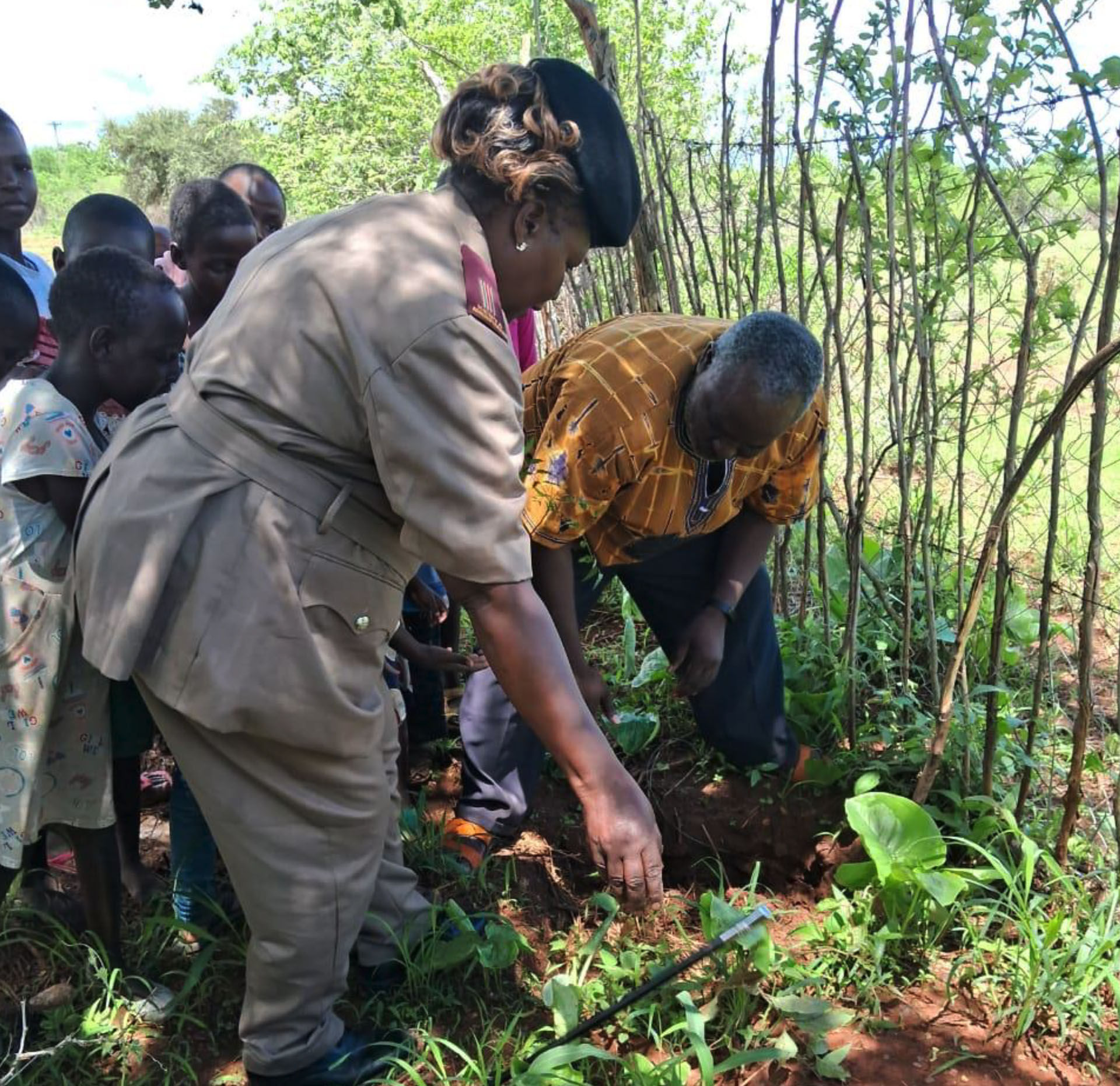Earth Day
Promoting nutrition security, economic stability and environmental preservation in Africa
The Care of Creation project aims to foster sustainability in the semi-arid region of Kibwezi, located in southeastern Kenya. This initiative encompasses two critical components: the establishment of sustainable trees, particularly Moringa Oleifera, and the implementation of a solar pump for a community well. These endeavors not only address environmental concerns but also offer tangible benefits to the local populace, promoting nutrition security, economic stability, and environmental preservation.
1. What is the objective of the Care of Creation project in Kibwezi, Kenya?
The primary goal of the the Care of Creation project is to promote sustainability in the semi-arid area of Kibwezi, Kenya. This is achieved through the planting of sustainable trees, such as Moringa Oleifera, and the installation of a solar pump for a community well.

2. How does the planting of Moringa Oleifera trees contribute to the sustainability of the community in Kibwezi?
Moringa Oleifera trees serve as a valuable source of nutrition, particularly during dry seasons, providing vital sustenance to community members. Additionally, these trees offer various socio-economic benefits, enhancing the resilience of the local population to environmental challenges.

3. What are the anticipated benefits of the reforestation project in St. John the Baptist Parish?
The reforestation project in St. John the Baptist Parish aims to bring about numerous benefits to the local population. By planting drought-resistant trees, the project seeks to improve nutrition, promote economic opportunities, and mitigate the adverse effects of climate change in the region.

4. How will the implementation of a solar pump for the community well contribute to environmental conservation?
The adoption of a solar pump for the community well in St. John the Baptist Parish will eliminate the reliance on fossil fuels, thereby reducing carbon emissions and environmental degradation. This sustainable approach not only protects the environment but also minimizes the community’s expenditure on diesel fuel.

5. What is the significance of shifting to a solar pump for the sustainability of the community well project?
Transitioning from fossil fuel-powered pumps to solar-powered ones enhances the durability and sustainability of the community well project. By harnessing renewable energy sources, the project becomes more resilient to external factors and ensures long-term access to clean water for the surrounding community.




